Introduction
Web design is always changing, so you need to be on top of things. As we venture into 2023, the digital landscape is evolving unprecedentedly, and animation is taking center stage. It’s not just about aesthetics; animations are becoming integral to user engagement, interaction, and overall user experience.
This article will discuss six animation web design trends that will dominate digital in 2023.
Microinteractions for Enhanced User Engagement
Microinteractions, those subtle, almost imperceptible animations that respond to user actions, are poised to be a game-changer in 2023. These tiny interactions, like a button changing color on hover or a notification popping up, provide instant feedback and enhance user engagement. They add a layer of interactivity that creates a more dynamic and engaging user experience. Microinteractions have been gaining attention in recent years and will continue to be a significant trend in the coming years. Here’s why microinteractions are set to make a big impact in 2023:
1. Enhanced User Feedback: Microinteractions offer immediate visual or auditory feedback when interacting with an interface. These small animations or changes in visual elements reassure users, confirming that their actions have been recognized and understood. This feedback helps build trust in the system and enhances the overall user experience.
2. Improved Engagement: Microinteractions encourage users to engage more actively with a website or application by adding interactive elements to a design. These subtle animations can make routine user tasks more interesting and enjoyable, increasing engagement and retention. Whether it’s a small loading animation or a cleverly animated button, microinteractions make the experience more dynamic and memorable.
3. Delightful User Experience: Microinteractions have the power to surprise and delight users. They can add a touch of personality or playfulness to an interface, making it more enjoyable and memorable. Well-designed microinteractions can create positive emotions and an emotional connection between users and the product.
4. Usability and Accessibility: Microinteractions also play a role in improving usability and accessibility. By providing clear feedback and visual cues, they assist users in understanding how to interact with an interface and navigate through it effectively. For individuals with visual impairments, audio feedback in microinteractions can ensure they are equally informed and engaged.
5. Storytelling and Branding: Microinteractions offer an opportunity to tell a story or represent a brand’s identity through small interactions. By carefully designing these interactions to align with the overall brand experience, companies can reinforce their brand image and create a consistent and cohesive user journey.
In conclusion, Microinteractions are going to be a major improvement by 2023. They provide instant feedback, which makes the user more engaged and it creates a more dynamic and enjoyable experience. Designers and developers should leverage microinteractions to improve user interfaces, boost engagement, and strengthen brand presence in the digital landscape.
Seamless Scroll Animations for Flowing Experiences
Smooth and seamless scrolling animations are set to revolutionize how users navigate websites. By incorporating fluid transitions between sections, designers can create an immersive and flowing experience that guides users effortlessly through the content. This trend not only improves user retention but also elevates the overall aesthetic appeal of a website. Gone are the days of choppy and jarring scrolling experiences. With smooth and seamless scrolling animations, websites take user navigation to a new level. Designers can make a more enjoyable user experience by smoothly switching between sections.
Unlike traditional scrolling, where users jump abruptly from one section to another, smooth scrolling animations provide a sense of continuity. The content seamlessly glides into view as users scroll down or up, making the transition between sections feel natural and effortless.
This approach not only enhances usability but also improves user retention. With smooth scrolling, users are likelier to stay on a website and explore its content further. The seamless navigation encourages users to continue scrolling and discover what lies ahead, creating a flowing experience that keeps them engaged.
Furthermore, smooth scrolling animations elevate the overall aesthetic appeal of a website. The fluid transitions add a touch of elegance and sophistication to the design, making it visually pleasing and enjoyable to navigate. This attention to detail and seamless experience contribute to a more positive perception of the brand or website.
Incorporating smooth-scrolling animations requires careful consideration of the website’s structure and content. Designers must ensure that the animations complement the overall design and enhance the user experience rather than distract or overpower it.
With the rise of mobile browsing, where swiping gestures have become the primary way of navigating, smooth scrolling animations are even more crucial. They allow websites to provide a consistent and harmonious experience across different devices, making the transition from desktop to mobile seamless.
In conclusion, smooth and seamless scrolling animations have the potential to revolutionize how users navigate websites. By incorporating fluid transitions between sections, designers can create an immersive and flowing experience that enhances user retention and elevates the overall aesthetic appeal of a website. With the increasing importance of mobile browsing, this trend will become even more vital in delivering a seamless and delightful user experience.
H3: 3D Graphics for Immersive Storytelling
The integration of 3D graphics in web design is reaching new heights in 2023. This trend allows designers to create captivating, interactive environments that tell a story and captivate users. From product showcases to entire virtual worlds, 3D graphics add depth and immersion that flat images can’t match. In 2023, web design is becoming more dynamic and engaging with the integration of 3D graphics. Designers use this trend to create visually stunning and interactive environments that captivate users and tell a story.
One significant application of 3D graphics in web design is product showcases. Instead of static images, designers can now create 3D models of products, allowing users to rotate and examine them from various angles. This immersive experience provides a better understanding of the product’s features, textures, and overall design, enhancing the user’s buying experience.
Moreover, 3D graphics are used to build virtual worlds in web design. These worlds can be used for gaming, education, or tours. Users can navigate through these virtual environments, interacting with objects and characters and feeling a sense of presence and immersion that cannot be achieved with traditional flat images.
The integration of 3D graphics also allows for more creative storytelling opportunities. Designers can use animated 3D elements to guide users through a narrative or visually convey information uniquely and engagingly. By incorporating movement, depth, and interaction, designers can create captivating experiences that leave a lasting impression on users.
Furthermore, technological advancements, such as improved rendering capabilities and support for web-based 3D graphics APIs like WebGL, have made it easier for designers to implement these immersive 3D experiences on the web. As a result, more websites are adopting this trend to differentiate themselves and stand out in a crowded digital landscape.
Overall, the integration of 3D graphics in web design pushes the boundaries of what is possible and revolutionizes how users interact with websites. From product showcases to virtual worlds and creative storytelling, 3D graphics bring depth and immersion that flat images cannot match, making web experiences more captivating and memorable.
Variable Fonts and Typography Animation
Typography has always been a crucial element of web design, but in 2023, it’s taking on a whole new dimension. Variable fonts, which allow for various styles and weights within a single font file, are becoming more prevalent. Combined with typography animations, this trend adds a dynamic flair to text, making it more engaging and visually appealing. Variable fonts and typography animations are revolutionizing web design by adding flexibility and visual interest to the text. In the past, web designers were limited to using a small set of font styles and weights, often resulting in static and uninspiring typography. However, with the advent of variable fonts, designers can now create unique and dynamic typography experiences.
Variable fonts have many different styles and weights in one file. This means that designers can choose from an extensive array of type variations, such as widths, slants, and weights, all contained within a single font file. This versatility gives designers more control over how text looks on a webpage, allowing for greater creativity and customization.
In addition to variable fonts, typography animations are gaining popularity in web design. These animations bring the text to life by adding movement and transitions. Whether a subtle fade-in effect or a bold and eye-catching transition, typography animations create a more engaging and visually appealing user experience.
Combining variable fonts and typography animations opens up endless possibilities for web designers. They can experiment with different font styles and weights, mix, and match variations to create unique typographic compositions, and enhance the overall user experience with captivating animations. This trend will continue growing in 2023 as designers strive to create more dynamic and visually impressive websites.
AI-Powered Personalization for Tailored Experiences
Artificial Intelligence is making waves in web design, particularly in creating personalized user experiences. AI algorithms use user behavior and preferences to change content, layout, and animations to fit each user. This improves user satisfaction and results in more conversions. With AI in web design, businesses can gather user data, like browsing history, purchase patterns, and demographic information. This data is then fed into AI algorithms that can quickly analyze and understand patterns and trends. Based on this analysis, websites can adapt in real-time to offer personalized recommendations, product suggestions, and a layout that will most likely engage and convert each user.
For example, AI algorithms may identify that a user is interested in a specific product category based on their previous browsing history. The website can then display related products, highlight promotions, or offer personalized discounts for that category, increasing the likelihood of purchasing.
Furthermore, AI-powered chatbots and virtual assistants are becoming increasingly popular in web design. These intelligent bots can engage with users in real time, answering questions, resolving issues, and providing personalized recommendations. This level of interaction enhances the user experience and saves time and resources for businesses.
In addition to personalization, AI in web design also helps optimize other aspects that impact user satisfaction, such as page load speeds and website performance. By analyzing user preferences and behavior data, AI can suggest website infrastructure improvements, resulting in a smoother and faster browsing experience.
While AI in web design offers immense benefits, ensuring the ethical use of AI technologies is essential. User data must be handled responsibly, and privacy concerns must be addressed. Transparency and clear communication with users are crucial to establishing trust and maintaining a positive user experience.
AI is revolutionizing web design by allowing websites to deliver personalized, engaging, and optimized user experiences. As technology progresses, we can anticipate increasingly advanced AI algorithms and tools to advance the field of web design further.
Interactive Infographics for Data-driven Engagement
Infographics have long been a staple for presenting complex information in an easily digestible format. In 2023, we’re witnessing the rise of interactive infographics that allow users to explore data in a more engaging and hands-on way. With animations, charts, and graphs come to life, making statistics and trends more compelling and memorable. These interactive infographics offer a more immersive and interactive experience for users. Instead of passively consuming information, users can now actively engage with data, manipulate charts and graphs, and uncover insights on their own.
One of the key benefits of interactive infographics is the ability to showcase data in a dynamic and visually appealing manner. Users can interact with elements on the infographic, such as hovering over data points to reveal more information or clicking on interactive elements to explore specific areas of interest. This interactivity enhances user engagement and aids in comprehending and retaining the information presented.
Furthermore, interactive infographics allow for real-time updates and customization. Users can adjust parameters and filters to focus on specific subsets of data or view trends over different periods. This enables a more personalized and tailored experience, as users can explore the most relevant data to their interests or objectives.
Another advantage of interactive infographics is their shareability. Users can easily share the interactive infographic with others, allowing for wider dissemination of information. Additionally, interactive infographics can be embedded on websites or shared on social media platforms, reaching a larger audience and increasing exposure to the presented data and insights.
In 2023, interactive infographics are becoming increasingly popular in various fields, including journalism, marketing, education, and data visualization. They bridge the gap between static infographics and interactive data visualization tools, offering a middle ground that combines the benefits of both approaches.
Overall, interactive infographics provide a dynamic and engaging way to present complex data and information. With their ability to bring data to life and empower users to explore and interact with the content, they are revolutionizing how we communicate and understand information in the digital age.
Conclusion
As we enter 2024, the web design landscape is evolving, and animation is at the forefront of this transformation. Embracing these innovative trends will keep your website visually appealing and enhance user engagement and overall user experience. From microinteractions to 3D graphics and AI-powered personalization, these trends reshape how we interact with digital content.
FAQ
Web animation refers to the use of animation techniques in web design to enhance the user experience and engage visitors. It involves using motion, effects, and transitions to bring web pages and elements to life.
Web animation adds visual interest and interactivity to website designs. It can make the user experience more dynamic, engaging, and memorable, increasing user engagement and conversions.
The latest design trends in web animation include parallax scrolling, hover effects, immersive storytelling, minimalism, and the use of innovative animation techniques. These trends create visually stunning and interactive web experiences.
Web animation can improve user experience by guiding users through the website, providing visual cues and feedback, and enhancing overall usability and accessibility. It can also convey complex information in a more digestible and engaging manner.
To incorporate animation into your website design, you can start by identifying the areas and elements where animation can enhance the user experience. Then, you can use CSS animations, JavaScript libraries, or animation software to bring your ideas to life.
Some good practices for using animation on web pages are to keep them smooth and lightweight, have them serve a purpose, and make sure it’s accessible to all users.
Animation can enhance a brand’s website by adding personality, visual appeal, and storytelling elements. It can reinforce the brand’s identity, make the website more memorable, and engage visitors emotionally.
Some innovative web animation techniques include using scroll-triggered animations, creating interactive explainer videos, incorporating zoom effects on images, and experimenting with unique typography animations. These techniques can make your website stand out and leave a lasting impression.
A design agency can utilize web animation to showcase their creativity, expertise, and capabilities. They can use animation to create visually striking portfolios, demonstrate their design process, and highlight client case studies.
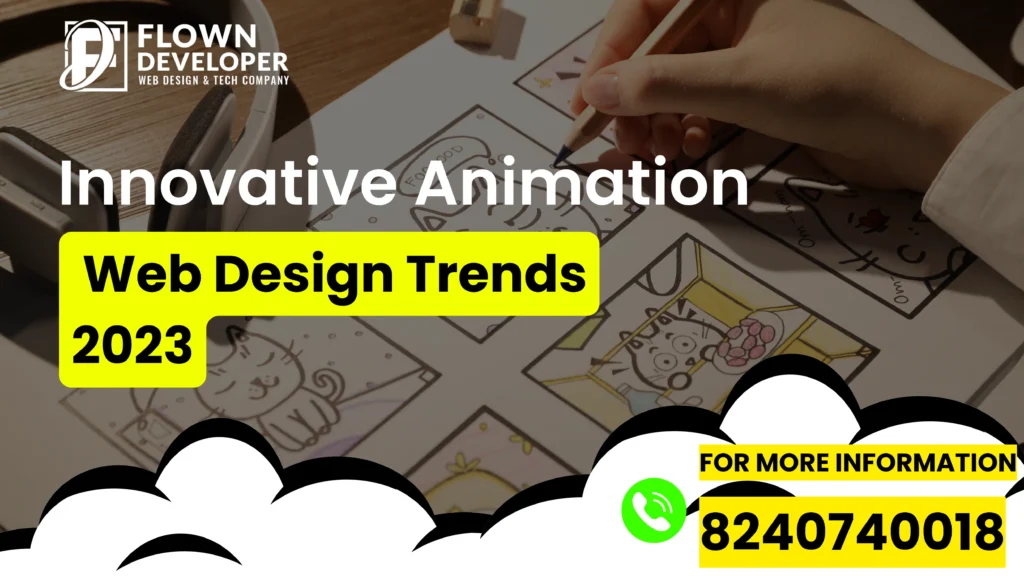
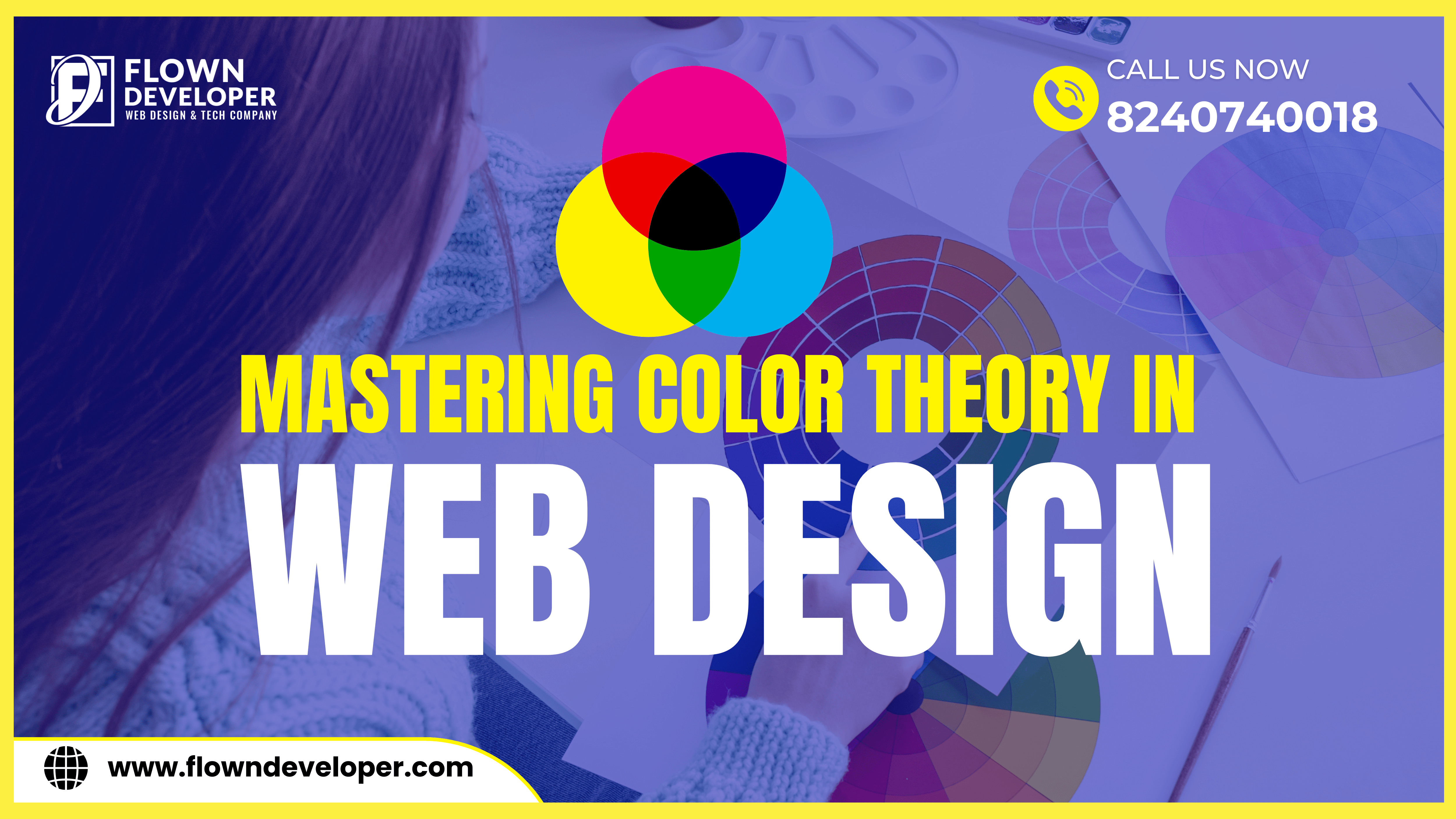
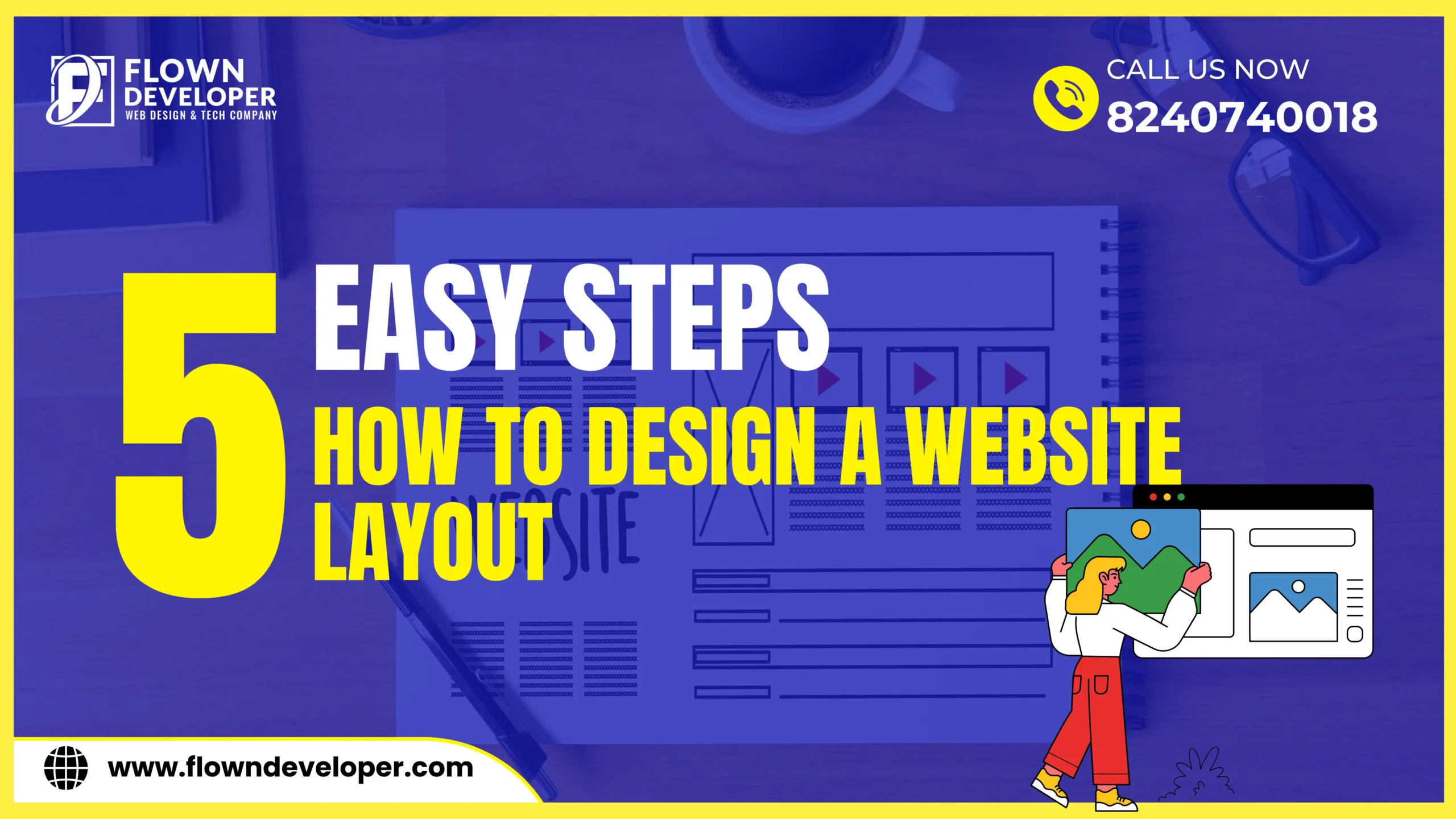
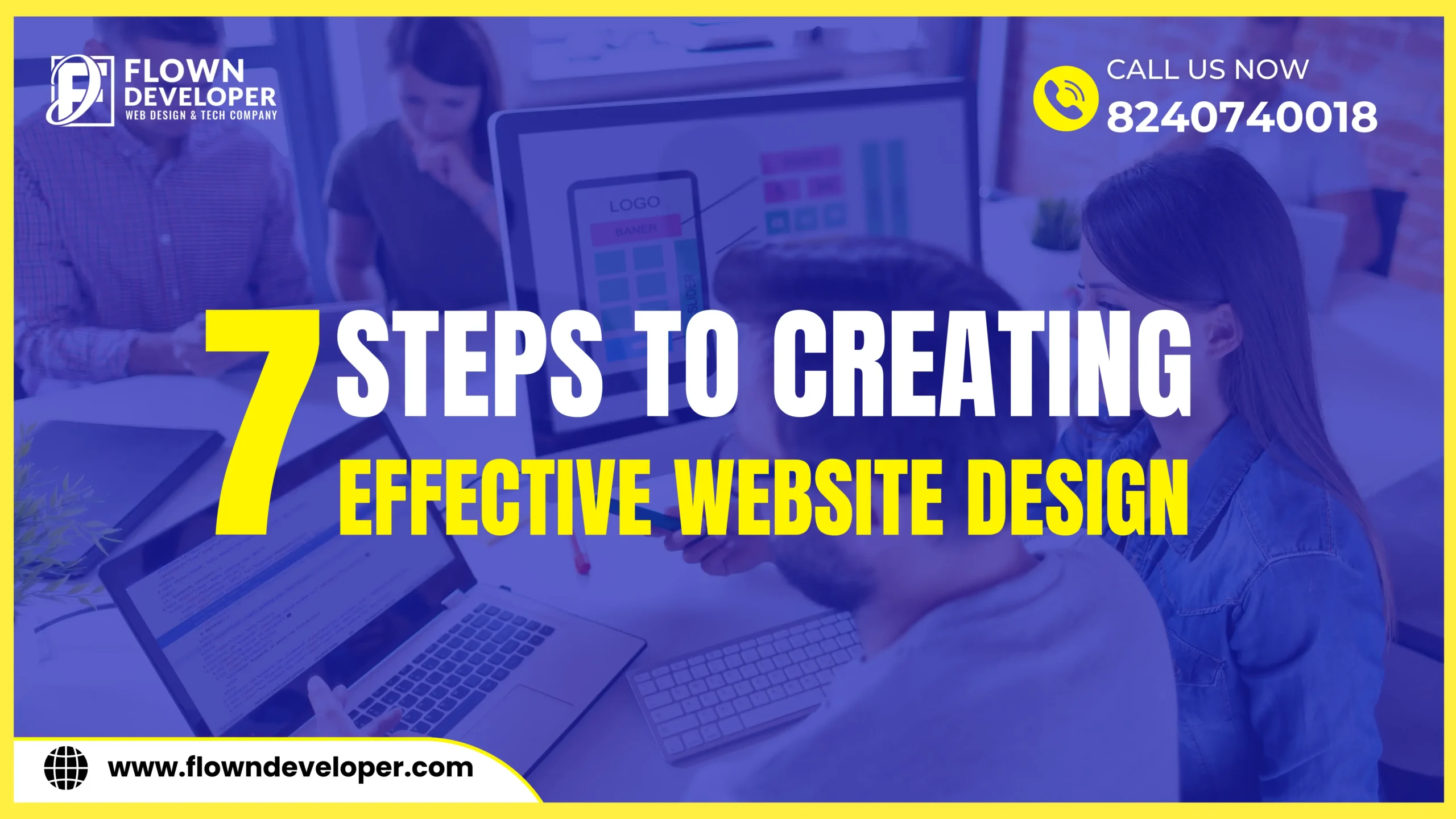

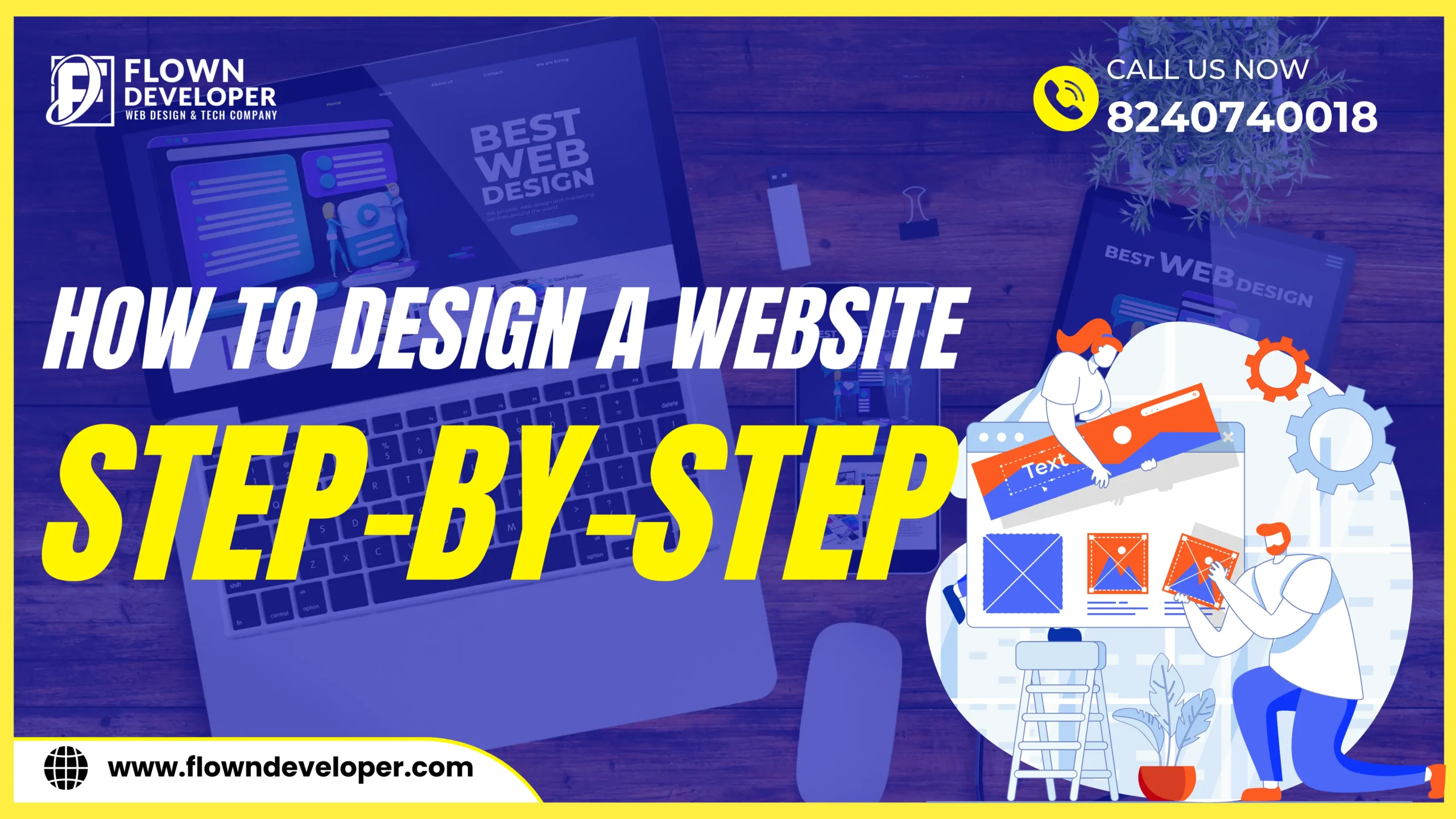
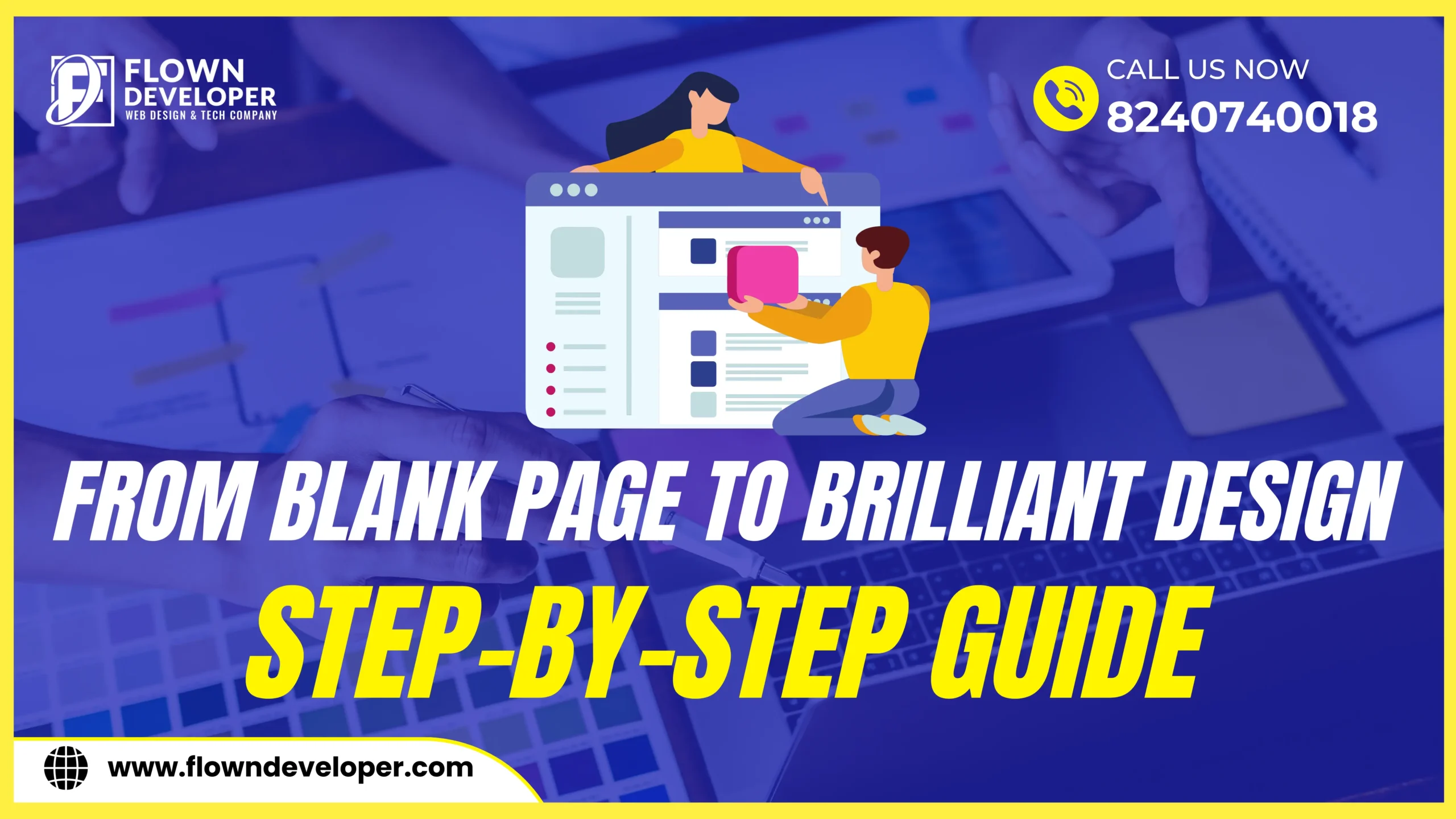
This Post Has 3 Comments
Hi are using WordPress for your site platform?
I’m new to the blog world but I’m trying to get started and create my own. Do you require any html coding knowledge
to make your own blog? Any help would be greatly appreciated!
Thank you for your inquiry! We appreciate your interest in creating your own blog. Rest assured, with WordPress, you can easily create a blog without the need for extensive HTML coding knowledge. If you have any further questions or need assistance along the way, feel free to reach out to us – we’re here to help make your blogging journey as smooth as possible!
Pingback: Optimizing Images for WordPress: Boosting Performance and Enhancing User Experience – My blog
Comments are closed.